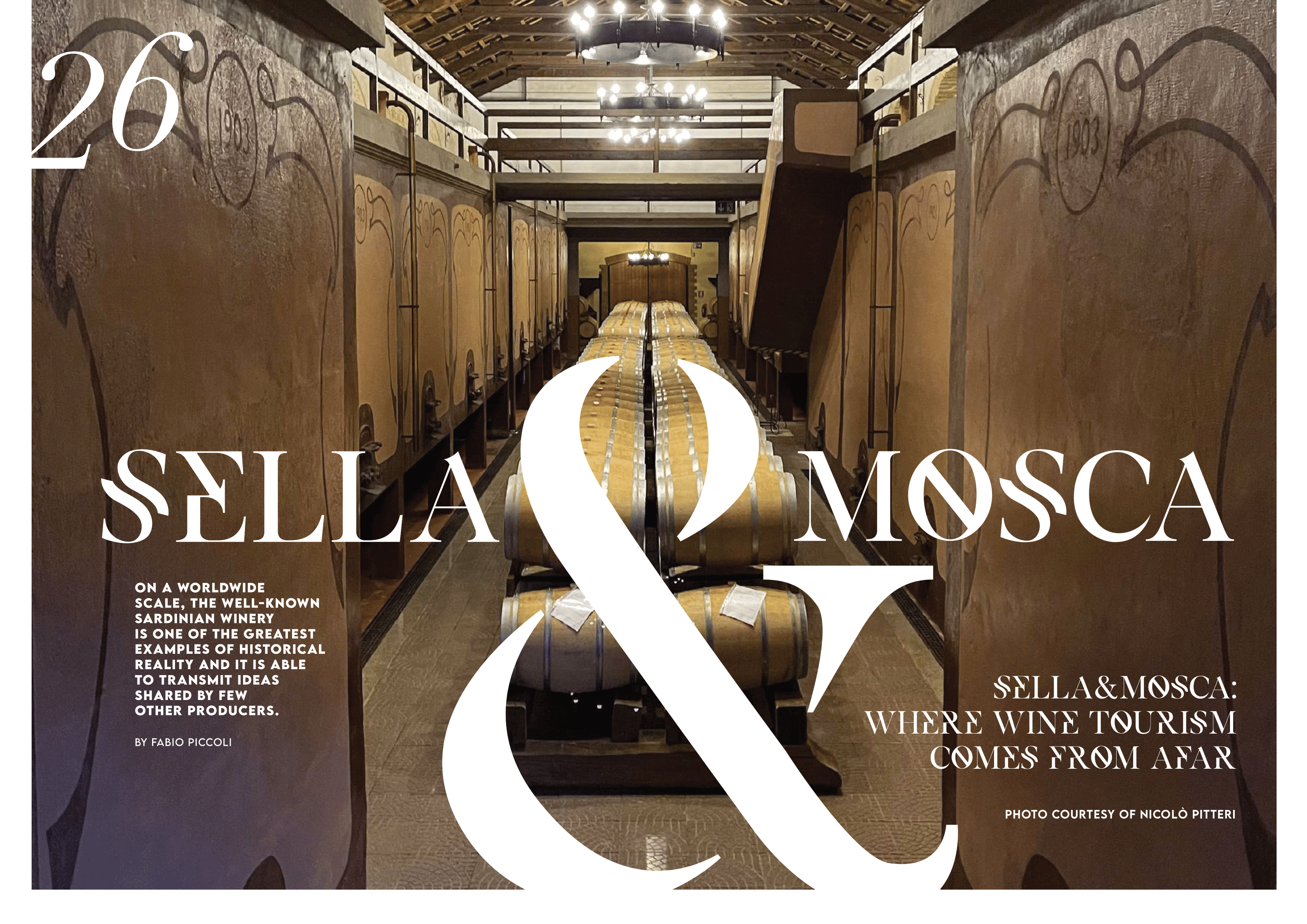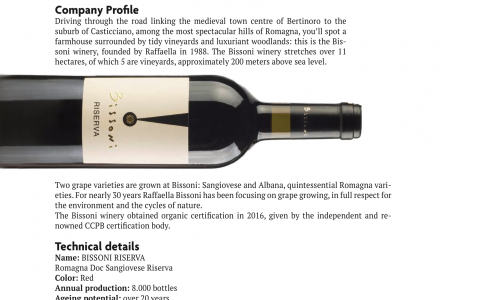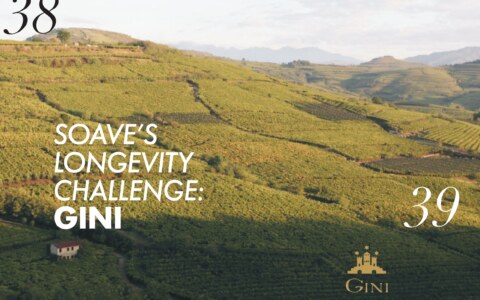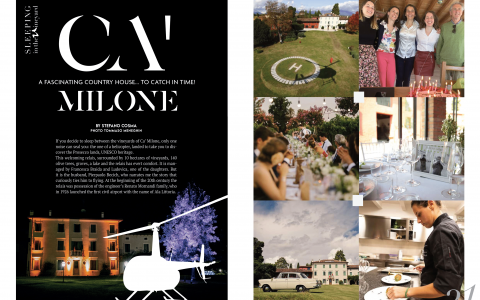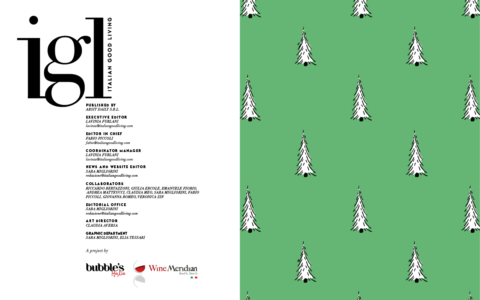Sella&Mosca: where wine tourism comes from afar
On a worldwide scale, the well-known Sardinian winery is one of the greatest examples of historical reality and it is able to transmit ideas shared by few other producers.
By Fabio Piccoli
Despite having visited Sella&Mosca several times over the past two decades, I had never visited the museum housed within the Tenuta at Piani di Sotgiu, just outside of Alghero. It’s a real shame, considering what you can discover inside this museum – in my opinion, one of the most intriguing museums set up by a winery.
The museum is divided into two sections: one dedicated to archaeology and the other to the company’s history. The first part recounts the history of “Anghelu Ruju”, Sardinia’s greatest prehistoric necropolis discovered in 1903, which is contained, with its 38 hypogea, in the property of the wine estate. The other half is characterized by Vittorio Sella’s amazing vintage photographs, which portray the company’s past (from 1899 to 1938) in a unique and extraordinary way.
Observing Vittorio Sella’s photographs is a truly unique experience, not only because they are beautiful and showcase his photographic and artistic abilities, but also because they allow you to immerse yourself completely in the history of a company and a territory.
As a result, the photographic exhibition by Sella&Mosca may be regarded as a real-time machine that demonstrates, better than words, the historicity of this enterprise and its pivotal role in the development of a region.
The wine tourism experience at Sella&Mosca exemplifies in a concrete way what “historical” implies when referring to a winery.
“Historical” is one of the most overused terms in wine company descriptions, as we all know. However, at Sella&Mosca, this term becomes an extraordinary key to understanding the values of a company that has made a fundamental contribution to the development of viticulture in Sardinia, successfully demonstrating how to build a modern, advanced, and in some ways revolutionary company over 120 years ago.
When we focus on the touristic aspect, it is simple to see how “history” may be a very appealing component. The example provided by Sella and Mosca is ideal for understanding how to adapt your tale into an enticing communicating approach.
Nevertheless, one thing must be pointed out: the company’s protagonists must be present in order to turn the “story” into an engaging and enotouristically successful communication tool.
For this reason, the story told in Sella&Mosca is absolutely realistic, because it updates the history of the company and makes visitors perceive that it continues, albeit changing over time (Sella&Mosca belongs to the Terra Moretti group since 2016). The firm never forgot its devotion to innovation and continuous human resource investment, continuing its promise to be the backbone of Sardinian viticulture after more than 120 years.
This is the type of narrative we love: not just evocative storytelling, but the kind of storytelling that explains why Sella&Mosca is what it is today.
We’ve said it before: the most well-known companies are also the ones that get the most criticism. They’re the ones who set the highest expectations, so it’s not simple for them to maintain a good reputation all of the time. In this direction, in Sella&Mosca (thanks also to the impulse given by the CEO of Terra Moretti, Massimo Tuzzi), great space was given to internal human resources, especially Sardinian ones, such as the general manager Giovanni Pinna and the commercial director Roberto Salis (just to mention the two most relevant names).
Exalting the Sardinian soul, which is also the most authentic in terms of human resources, was a clear winner, providing Sella&Mosca’s authority an additional boost today.
Sella&Mosca’s hospitality, as well as the lovely and efficient Casa Villamarina at the estate’s center, was without a doubt among the most memorable experiences of our journey.
The feeling of waking up among the 500 hectares of vines of Sella&Mosca is impossible to forget.

